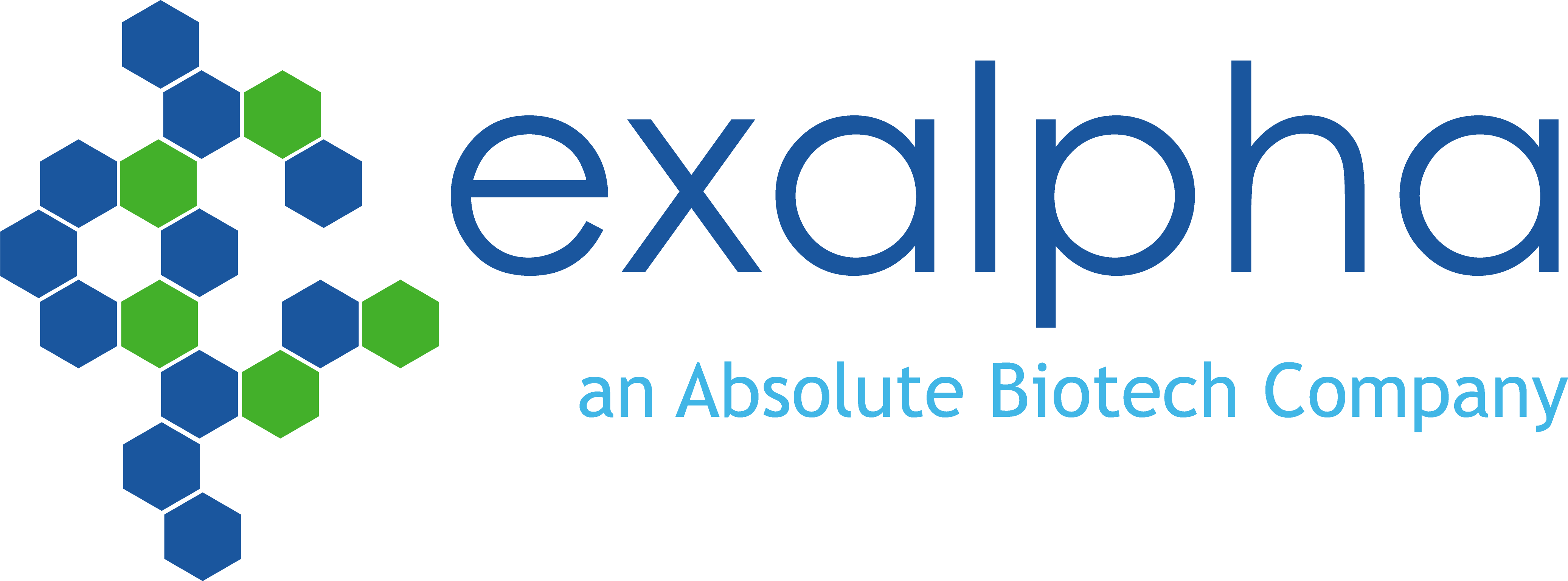MUB1501P - a well-characterized antibody against p53
Although only a fraction of genes in the human genome have a direct association with the induction and development of cancer, two broad gene classes – proto-oncogenes and tumor suppressor genes – have demonstrated a clear link to progression of the disease. These genes encode various proteins involved in regulating cell growth and proliferation, and while gain-of-function mutations in proto-oncogenes give rise to oncogenes which may stimulate uncontrolled cell proliferation and survival, loss-of-function mutations in tumor suppressor genes may also be oncogenic.
p53 is the product of the p53 tumor suppressor gene, and was first discovered in 1979. SDS-PAGE analysis at the time indicated an apparent molecular weight of 53kDa, hence the name. p53 is activated in response to a wide variety of cellular stress signals including DNA damage, hypoxia, nutrient deprivation and oncogene expression, and its primary role is to limit cell proliferation under unfavorable conditions. Although p53 was originally thought to be an oncogene further research demonstrated it to be a tumor suppressor. It is now known to be one of the most commonly mutated tumor suppressor genes in human cancer.
MUB1501P is a mouse monoclonal antibody of isotype IgG2a/kappa, with clone number DO-1. Details of its production were first published in 1992 when Vojtĕsek et al described the hyper-immunization of mice with bacterially-expressed recombinant human wild-type p53 protein, and the subsequent production of hybridoma. The specificity of DO-1 was confirmed by immunoblotting, immunoprecipitation, immunocytochemistry and ELISA using a panel of cell lines with well-characterized homozygous p53 mutations, in addition to immunohistochemical analysis of a series of normal and tumor-derived tissue sections. The antibody has been epitope mapped to the N-terminus of human p53.
DO-1 has been widely literature cited, with Vojtĕsek et al using their own antibody in 1993 to study the relationship between levels of p53 protein in breast carcinoma and the clinical outcome of patients. The ELISA assay which they developed using DO-1 to capture p53 from cytosol extracts routinely prepared for steroid hormone receptor assays was shown to be a viable alternative to evaluating the p53 status of breast biopsy material by IHC1. In a much more recent study, Mattes et al used DO-1 for immunoblotting within a series of experiments demonstrating that the transcriptional regulator CITED2 affects the survival of leukemic cells by interfering with p53 activation2.
p53 features regularly in publications and scientific news articles since shutting down p53 gene expression or disrupting the various pathways downstream of this important tumor suppressor are critical steps in tumorigenesis and tumor development. In 2017 a p53 mutant which behaves as a “super tumor suppressor” was discovered; the effect of different p53 mutations was evaluated in mice with a pre-disposition to pancreatic cancer, and those animals carrying this specific mutation were shown to remain tumor-free for significantly longer than those lacking it3. While much about p53 remains unknown, its potential as a therapeutic target is vast. High quality tools such as MUB1501P are facilitating this research.
